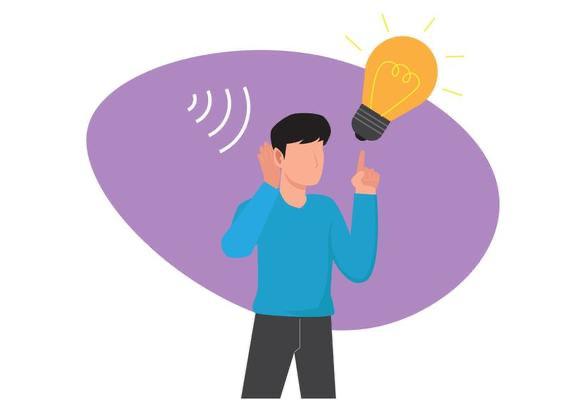
About Course
Active listening is a crucial skill that enhances communication, fosters relationships, and improves overall comprehension in both personal and professional settings. This course provides learners with the tools to become effective listeners by distinguishing between hearing and listening, practicing empathy, and using active engagement techniques. Through interactive lessons, real-world examples, and practical exercises, you will develop the ability to listen attentively, respond thoughtfully, and retain key information, leading to stronger and more meaningful interactions.
Course Content
Learning Objectives:
Expected Learning Outcomes:
Brief Module Bullet Points:
Quiz
Complete the Course, Earn the Certificate
Add this certificate to your resume to demonstrate your skills & increase your chances of getting noticed.

Student Ratings & Reviews

